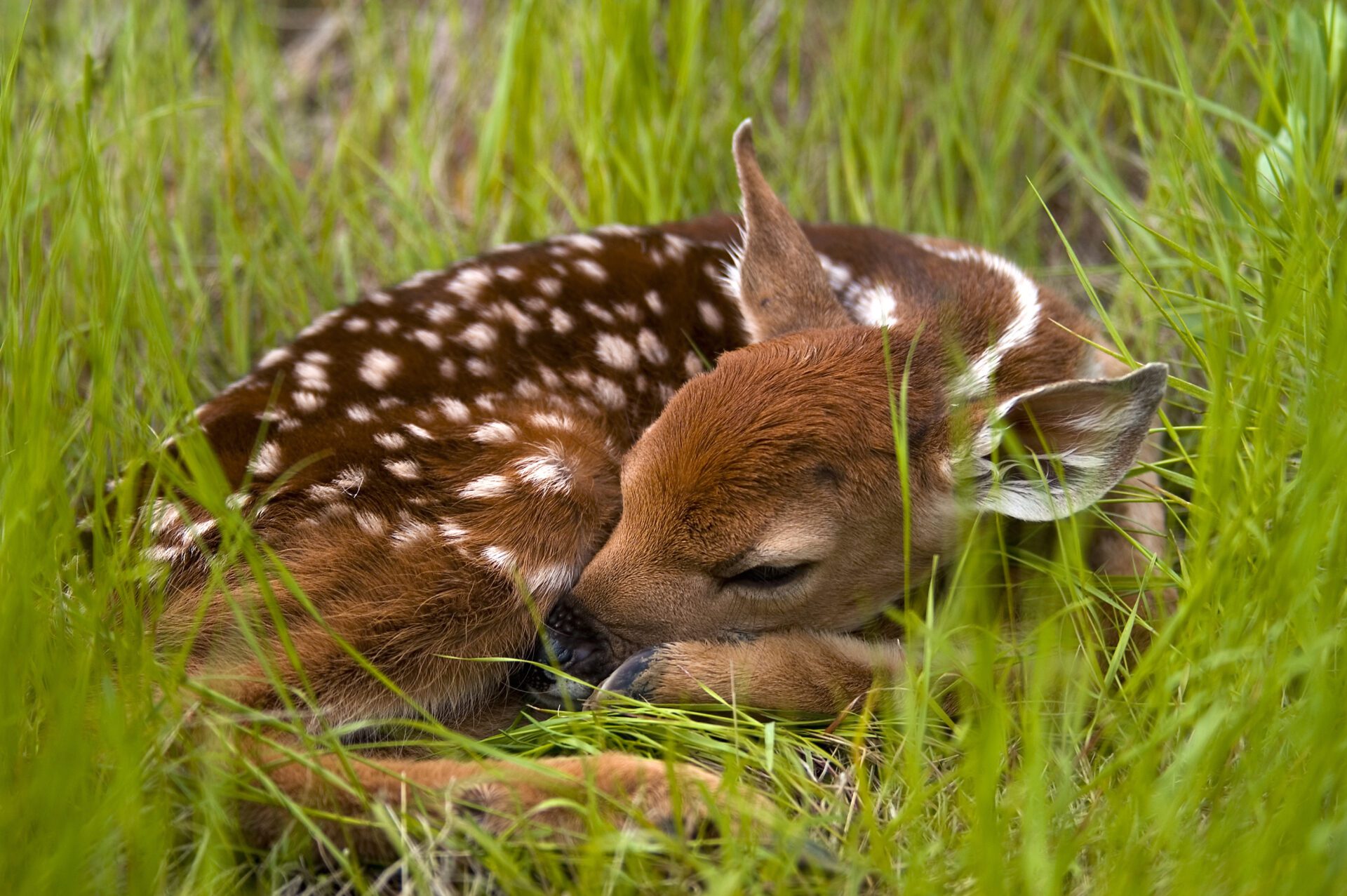Wildlife Rescues: What to do if you find an orphaned or injured baby animal in the wild

Spring is the season of new life. Flowers bloom, plants begin to grow and many wild animals start having their young. Come late March, you may start seeing young animals popping up in your backyard, from baby birds to young fawns to energetic fox pups. The animal lovers among us may even be compelled to “rescue” these young creatures to keep as pets. As a rule, the best course of action for
dealing with a wild animal is simply to leave it be. Unless the animal is orphaned or injured, there typically isn’t any need for human intervention. That said, it can be difficult to determine whether or not an animal truly needs assistance. This guide will help you determine the wisest course of action when confronted with a baby animal in the wild.
Determining if the animal needs help:
While it is in human nature to want to help a vulnerable animal, usually the kindest thing to do is to leave the baby right where it is. Animals fare much better when raised by their own kind rather than humans. In some instances, though, it may be necessary to intervene to preserve the young animal’s life. According to the Humane Society, signs that an animal needs your help include:- The animal is bleeding.
- A cat or dog brings you the animal in its mouth.
- The animal has a broken bone.
- For young birds found out of the nest, check if it is featherless or nearly featherless.
- You found the animal near its dead parent.
- The animal is crying and wandering around alone for an extended period. Give the animal’s mother ample time to return before you intervene.